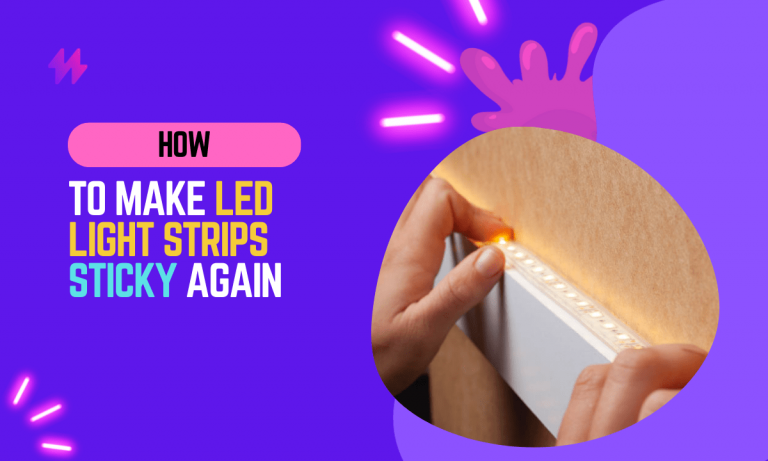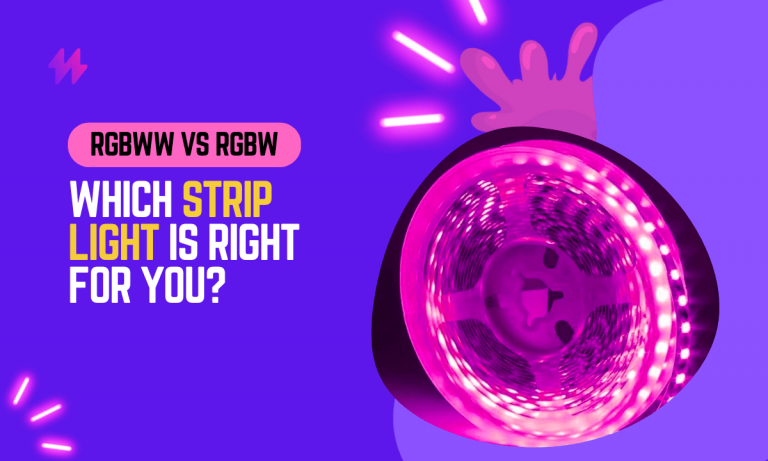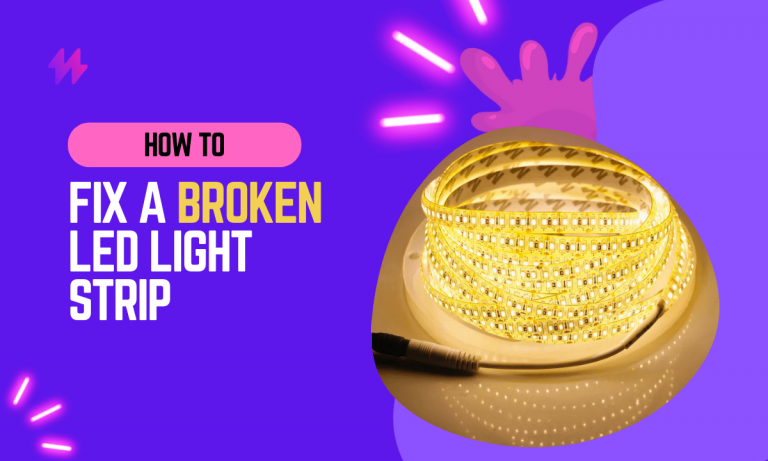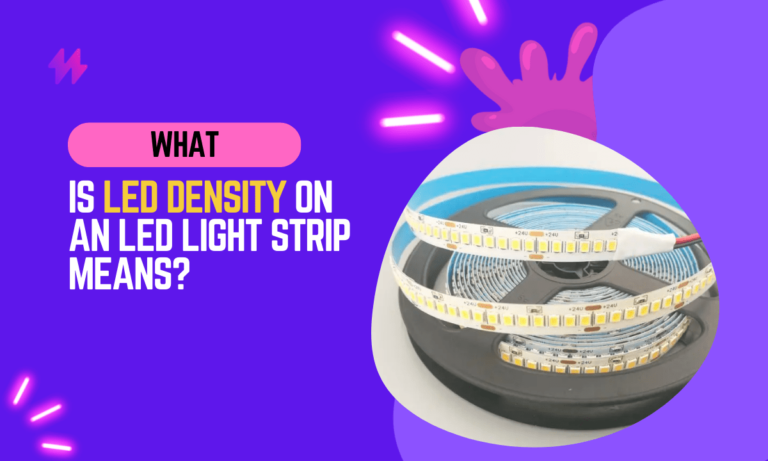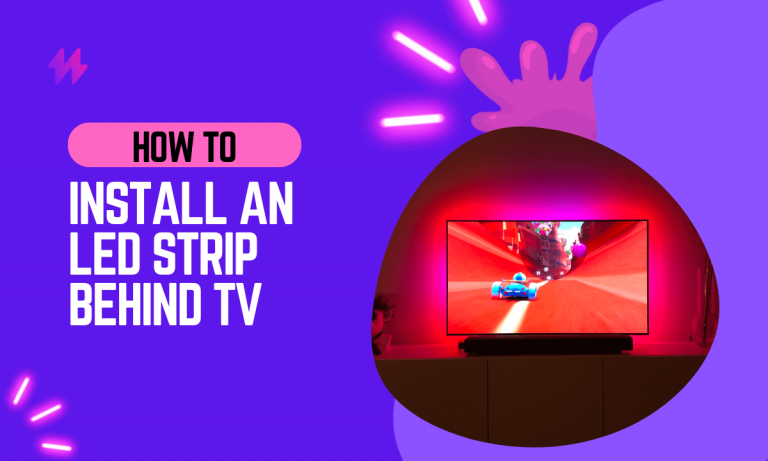How to Stick LED Strip Lights on the Wall and Improve Your Home’s Aesthetic in 2023
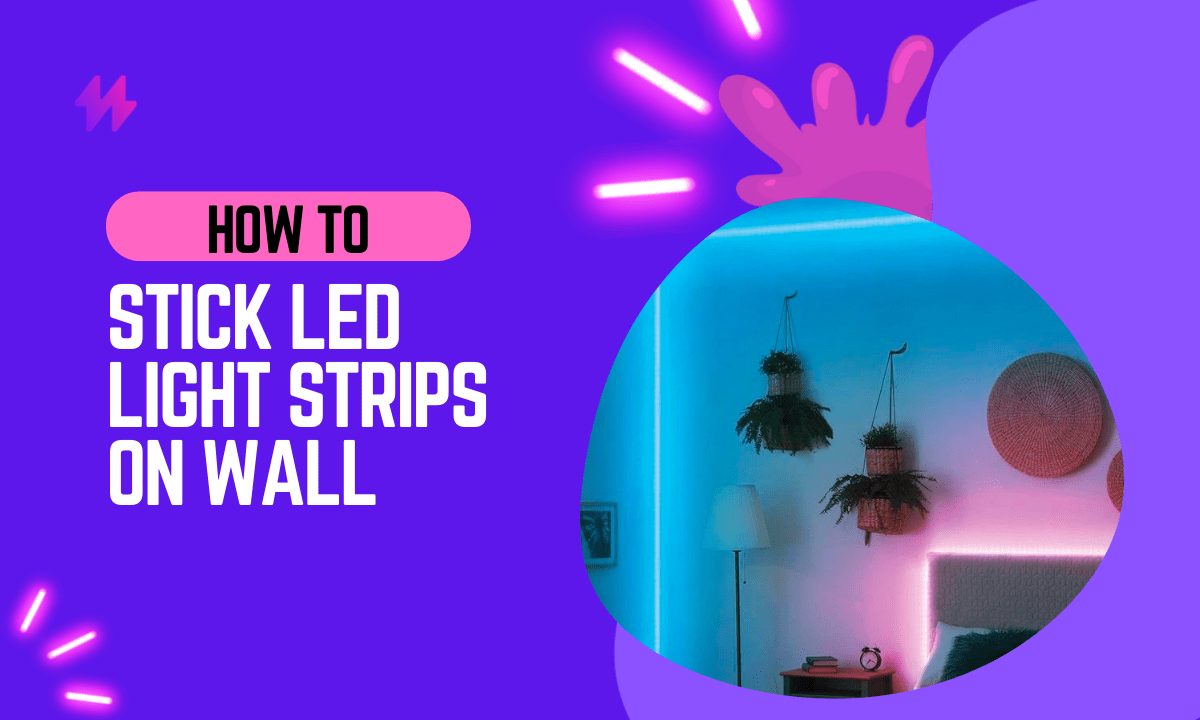
Adding an extra layer of light to any room in your home is a great way to improve its aesthetic. Not only does it make the space feel brighter and more welcoming, but it can also add a touch of luxury or sophistication. And if you’re looking for a quick and easy way to do this, LED strip lights are the perfect solution.
LED strip lights are simple to install, and with just a few basic steps, you can have them up and running in no time. In this article, we’ll walk you through the steps of how to stick LED strip lights on the wall. So if you’re ready to add some extra light and beauty to your home, keep reading.
How to Stick LED Strip Lights on the Wall
The first step is to clean the wall where you’ll be applying the strips. Use a damp cloth or sponge to remove any dirt, dust, or grease that may be on the surface. Once the area is clean, make sure it’s dry before proceeding.
Next, apply a strip of double-sided tape or adhesive to the back of the LED strip light. If your strip lights come with an adhesive backing, you can skip this step.
Now it’s time to position the LED strip on the wall. Start by aligning one end of the strip with the edge of the wall or surface you’re working with. Then gently press the strip into place. Continue until the entire strip is applied to the wall.
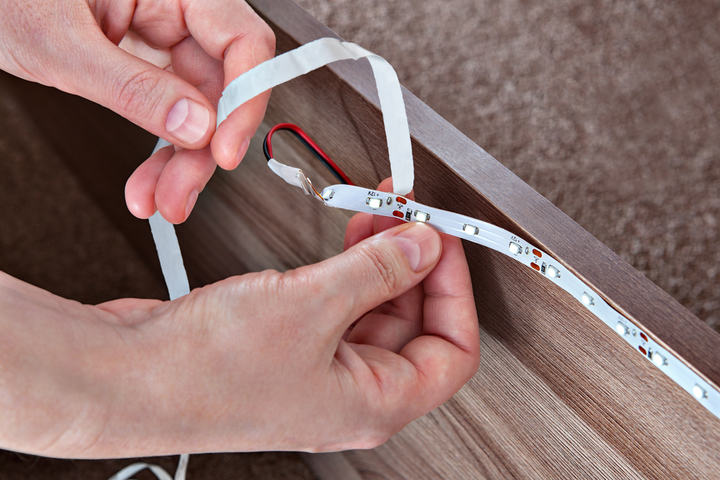
If you need to cut the LED strip to size, do so now. Use a sharp pair of scissors or a utility knife to make clean, even cuts. Once you’ve finished cutting, apply any remaining strips of double-sided tape or adhesive to secure the end of the strip in place.
Also read: How to install LED lights behind the TV to create ambient lighting
The Benefits of Installing LED Strip Lights
There are many benefits to installing LED strip lights in your home. Here are just a few:
- They’re easy to install and use.
- They emit little heat, so they’re safe to use around children and pets.
- They’re energy-efficient and have a long lifespan.
- They offer customizable light settings, so you can create the perfect ambiance for any room.
- They come in a variety of colors and styles to match any decor.
How to Choose the Right LED Strip Lights
Govee Smart LED Strip Lights
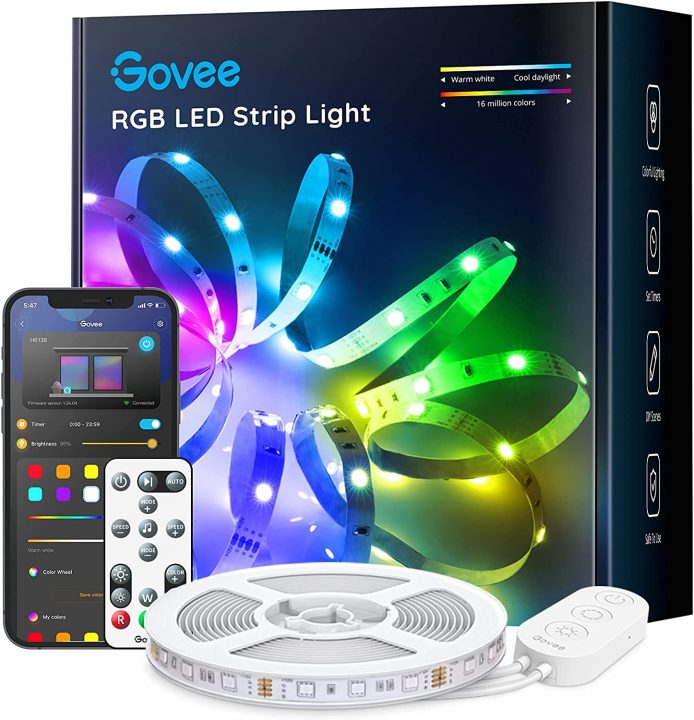
- Wi-Fi LED Light Strip Work with Alexa and Google Assistant
- 16 Million Colors with App Control
- Sync with Music
- Even and bright Light
When choosing LED strip lights for your home, there are a few things you’ll need to consider. First, decide where you’ll be placing the lights. This will help you determine the right size and length of strip for your needs.
Next, consider the type of adhesive backing you’ll need. If you’re planning on sticking the lights to a rough surface, such as brick or concrete, then you’ll need a stronger adhesive. For smoother surfaces, such as drywall or glass, a weaker adhesive will suffice.
Finally, think about the light output you need. Strip lights come in different brightness levels, so be sure to choose a strip that’s bright enough for your needs. You can also find strips with different color temperature settings. This allows you to customize the look and feel of the light in any room.
The Different Types of LED Strip Lights
There are two main types of LED strip lights: flex strips and rigid strips. Flex strips are more versatile, as they can be bent and shaped to fit any space. Rigid strips are less flexible but offer a more finished look.
Flexible LED Strip Lights
Flexible LED strip lights are ideal for use in tight spaces or areas where you need the light to follow a certain curve or contour. They’re also great for creating unique lighting effects, such as under-cabinet lighting or accent lighting.
Rigid LED Strip Lights
Rigid LED strip lights are perfect for areas where you need a clean, finished look. They’re often used in task lighting, display lighting, or under-cabinet lighting. Rigid strips are also a good choice for use in wet or damp areas, as they’re less likely to be damaged by moisture.
4 Tips for Maintaining and Using LED Strip Lights
Here are a few tips to help you get the most out of your LED strip lights:
- To extend the lifespan of your lights, avoid using them in enclosed spaces or areas with high humidity.
- If you’re using the lights in an area where people will be walking or moving around, make sure the strips are well-secured to avoid accidental damage.
- Be sure to read the manufacturer’s instructions carefully before installation. This will help ensure that you install the lights correctly and avoid any damage.
- When cutting LED strip lights, be sure to use sharp scissors or a utility knife. This will help prevent fraying and ensure clean, even cuts.
You may also like: How to Connect LED Light Strips in 1 minute after cutting
Final Words
In conclusion, sticking LED strip lights on the wall is an effective and innovative way to enhance your home’s aesthetic in 2023. The process begins with choosing the right type of LED strip lights that suit the specific ambiance you aim to create, whether it’s a warm, inviting glow for a living room or a vibrant, colorful display for an entertainment area. Key considerations should include the adhesive quality of the strip lights, as well as their brightness, color temperature, and energy efficiency. Ensuring that the adhesive is strong enough to last without damaging the walls is crucial. Additionally, the flexibility of the strip lights should be considered to accommodate any bends or corners along the walls, ensuring a smooth and continuous installation.
Moreover, integrating these lights into your home’s design not only enhances visual appeal but also contributes to the overall mood and functionality of your space. Strategically placed LED strip lights can highlight architectural features, illuminate work areas, or simply add depth and character to a room. It’s also important to think about the control system for these lights; many modern LED strips come with remote controls, smartphone connectivity, or compatibility with smart home systems, allowing for easy adjustments in light intensity and color. This adaptability makes LED strip lights not just a decorative element but a fully integrated part of your home’s lighting solution. By carefully planning the installation and choosing the right products, LED strip lights can dramatically transform any room, adding both beauty and practicality to your living spaces.


